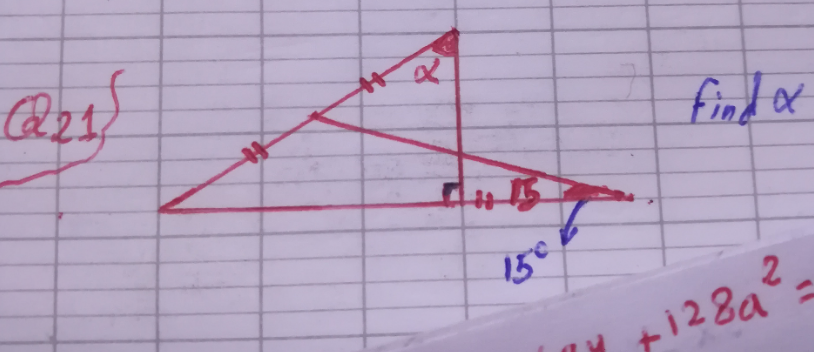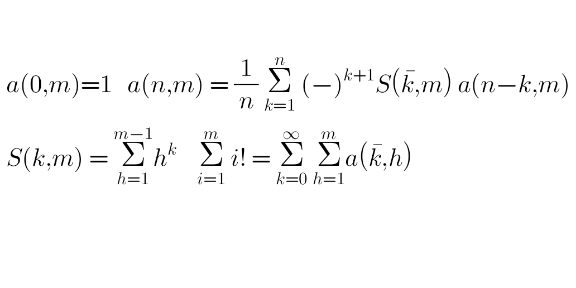
AllQuestion and Answers: Page 380
Question Number 183326 Answers: 2 Comments: 1

Question Number 183325 Answers: 1 Comments: 1

Question Number 183324 Answers: 2 Comments: 1
Question Number 183320 Answers: 1 Comments: 0
Question Number 183318 Answers: 0 Comments: 0

Question Number 183307 Answers: 1 Comments: 1

Question Number 183301 Answers: 0 Comments: 3
Question Number 183294 Answers: 0 Comments: 0

Question Number 183293 Answers: 1 Comments: 0
Question Number 183285 Answers: 0 Comments: 0

Question Number 183281 Answers: 2 Comments: 1

Question Number 183279 Answers: 1 Comments: 0
Question Number 183272 Answers: 0 Comments: 0

Question Number 183270 Answers: 1 Comments: 5

Question Number 183269 Answers: 0 Comments: 0

Question Number 183247 Answers: 0 Comments: 0
$$\int_{\mathrm{0}} ^{\frac{\pi}{\mathrm{2}}} {cos}\left({t}\right){ln}\left({tant}\right){dt} \\ $$
Question Number 183246 Answers: 3 Comments: 0

Question Number 183243 Answers: 1 Comments: 0
Question Number 183241 Answers: 1 Comments: 0
Question Number 183240 Answers: 1 Comments: 0
Question Number 183239 Answers: 0 Comments: 0
Question Number 183236 Answers: 1 Comments: 2
Question Number 183227 Answers: 4 Comments: 1

Question Number 183216 Answers: 1 Comments: 2

Question Number 183211 Answers: 1 Comments: 0
Question Number 183210 Answers: 1 Comments: 0
Pg 375 Pg 376 Pg 377 Pg 378 Pg 379 Pg 380 Pg 381 Pg 382 Pg 383 Pg 384
